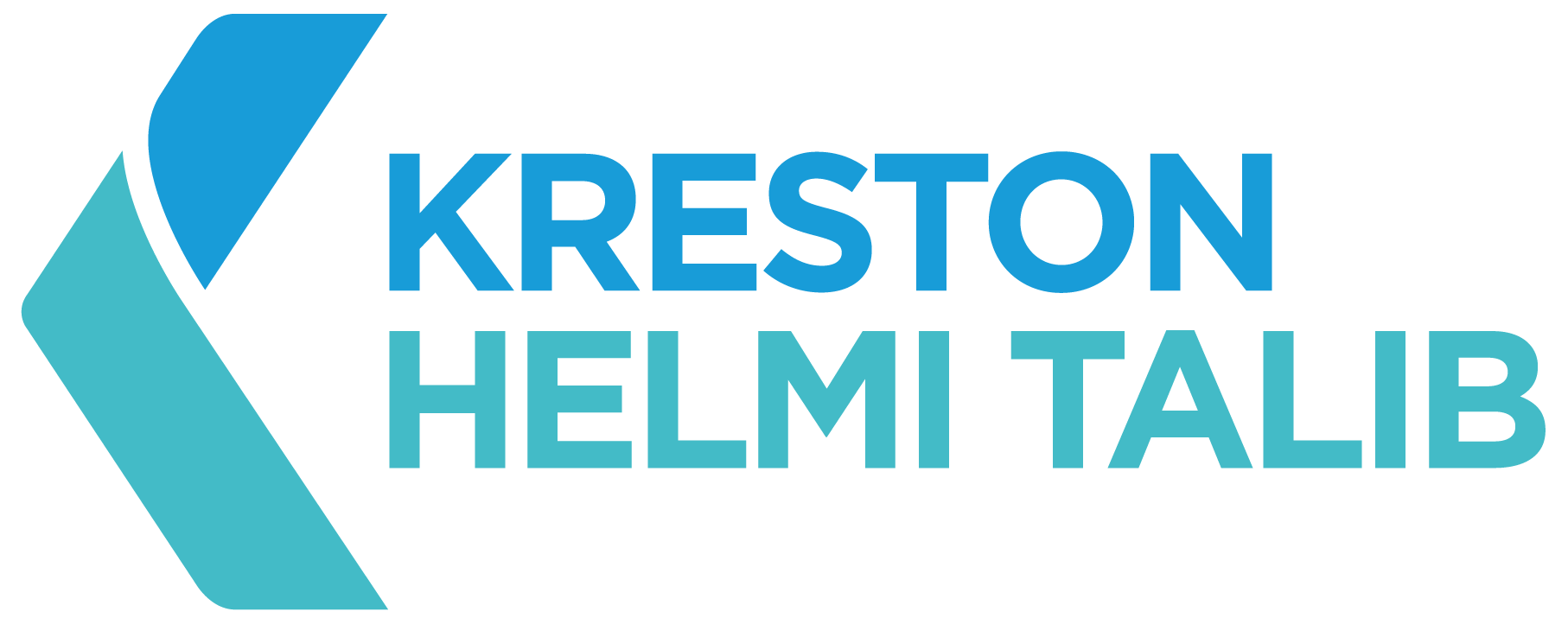Final GST Rate Change Effective 01 January 2024—What does this mean for your Business
In his Budget 2022 Speech, Deputy Prime Minister and Minister for Finance, Mr. Lawrence Wong, announced the increase in Goods, and Services Tax (GST) rates that will take effect from 7% to 8% starting 01 Jan 2023; and 8% to 9% with effect from 1 Jan 2024, aimed at supporting Singapore’s healthcare expenditure and aid those severely affected by the Pandemic.

As we’re closing the second and final rate change implementation, businesses should assess its impact on their profitability and workflow whilst considering consumer feedback and how to effectively address them. Summarised in this article are reminders to take note of and solutions to possible bottlenecks that may arise during implementation.
How can the Final Rate Change Implementation Affect Businesses?
The rate change will greatly impact consumers, non-GST-registered businesses, and GST-registered businesses that are partially exempted from input tax recovery. The increase in the GST rate means more cost to them. It may take tedious planning to ensure there are sufficient resources to cover the additional cost and implementation errors may be minimised if not totally avoided.
How can Businesses Effectively Implement the Rate Change?
As with the 1st rate change in December 2022 and January 2023, GST-registered businesses will soon start preparing for the 2nd and final tranche of increase from the current 8% to 9% GST rate.
In adapting to the changes, GST-registered businesses should consider the following steps to prepare for a seamless transition:

Implementation Reminders
- When making adjustments to your systems, configure it to reflect 9% GST rate on/after 01 Jan 2024 to avoid charging 9% GST before the effectivity date.
- When training your staff, allot special attention to identifying transactions/supplies that are straddling between the 2 rates. Note that received payment on/before 31 Dec 2023 should be subject to the current 8% GST. Even if the goods/services have yet to be delivered.
- If your business intends to shoulder the additional 1% GST, ensure that your receipts/ invoices and price displays that mention the GST rates are updated to 9% GST on/after 01 Jan 2024.
Most GST-registered businesses are able to claim their GST input tax in full. For them, there is little or no impact on the adoption of the new rate other than a few administrative matters. Otherwise, here are a few considerations to note
- For invoices issued before 01 Jan 2024
- Issue a Credit note and a new tax invoice to reflect the new rate to customers by 15 Jan 2024
- For partial delivery/performance agreed on the percentage or value of goods/services rendered before 01 Jan 2024. These along with any partial payment received, 9% GST is imposed whichever is lower from:
- Payment received in 2024; or
- Value of goods delivered, or services performed in 2024.
The remaining value of the supply will be subject to GST at 8%.
What can your Business do to Prepare for Possible Bottlenecks?
Possible solutions that businesses can implement to minimise errors or avoid transition challenges are highlighted below.
- Discuss with your vendor to determine who will be responsible for bearing the additional GST (at least during the transitional period)
- Prepay for the goods/services in FULL before 01 Jan 2024 and follow up with an 8% GST invoice from your vendor
- For partial delivery/performance, agree on the percentage or value of goods/services rendered before 01 Jan 2024.

The remaining value of the supply will be subject to GST at 9%.
- Businesses may also take the opportunity to revise the selling price of goods and services to account for the higher raw material and/or overhead costs. As consumers are also affected by the rate change, it is best for businesses to have a clear communication strategy explaining the main reasons for the increases in price/ fee, and not misrepresent the situation to consumers by attributing the price increases primarily or solely to the increase in GST.
A detailed walk-through and a comprehensive guide can be found on the Inland Revenue Authority of Singapore’s (IRAS) website for more information regarding the rate change and how to adopt such.
Whilst businesses have already transitioned to this increase at the beginning of the year and the process may seem repetitive, it is still noteworthy to ascertain accurate execution in all areas of the implementation. Save time and skip the tedious part of complying with the rate change.
Reach out to our team of experienced Tax and Accounting professionals who can assist you with the necessary steps and aid you through an approach, customised to your needs.
All materials have been prepared for general information purposes only. The information presented in this document is not legal advice, is not to be acted on as such, may not be current, and is subject to change without notice. Professional advisory should be sought before taking or refraining from any action as a result of the contents of this document.
